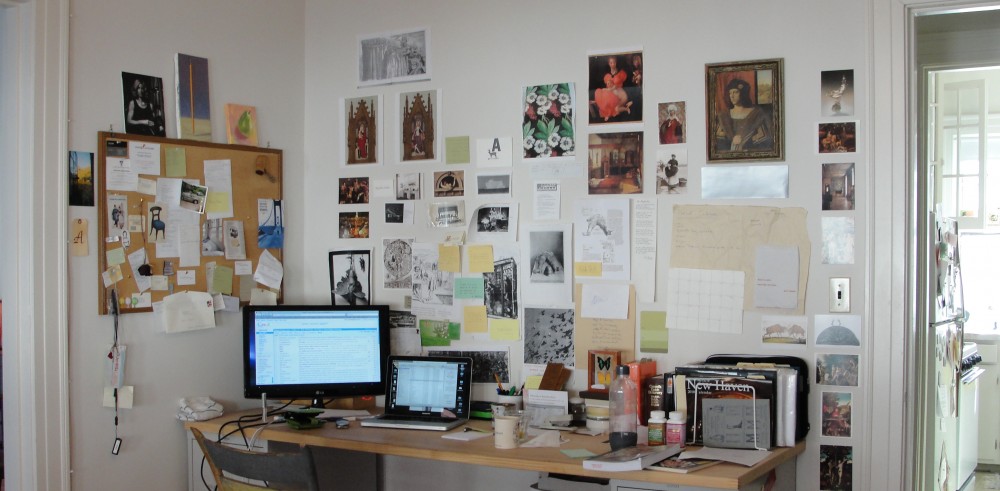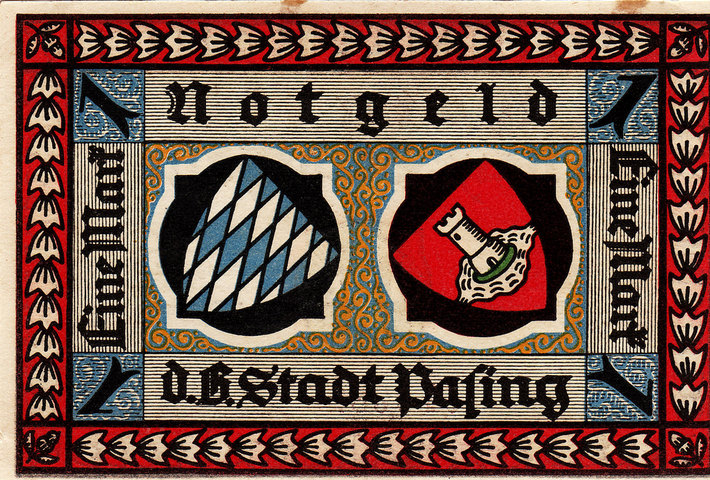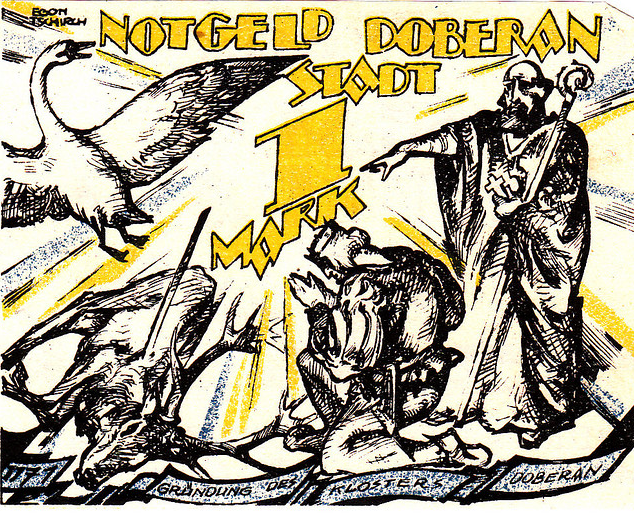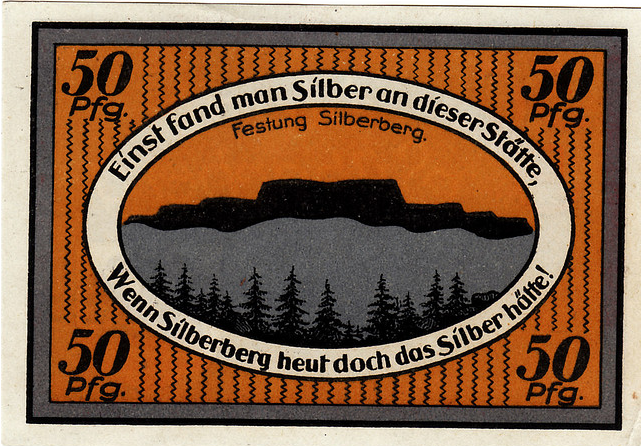A part of my dissertation concerns sixteenth- and seventeenth-century siege coins, which were minted in emergency contexts, usually to pay soldiers so they would not simply quit fighting once their salaries ran out. The examples I am looking at were made quickly from precious metal plate–either secular tableware or church ornaments–so they fit into my broader interest in the transformation of gold and silver. Later examples of emergency money (Notgeld) were made from paper. Perhaps the most well-known category of emergency banknotes were those produced in the Weimar Republic, during its periods of disastrous financial turmoil.
Today I came across a stupendous compilation of twentieth-century Notgeld that Flickr user Iliazd has posted publicly. His collection includes over 5000 specimens, acquired first by his grandfather in Germany, and later by other family members over the years. These bits of ephemera display a wide range of graphic styles and typographies, some avant-garde, others historicist. Iliazd points out that this Notgeld was designed to be pretty and collectible. If you didn’t spend it, it didn’t need to be backed by the local government, and most bills had explicit use-by dates.
Their designers’ choice of subject matter is also extremely interesting. From basic decorative designs with city arms:
to pictorial representations of a city’s artistic monuments or significant historical events:
My particular favorites are those that draw explicit attention to the economic crisis, like this note from Silberberg, an old mining town now nostalgic for its former silver production:



